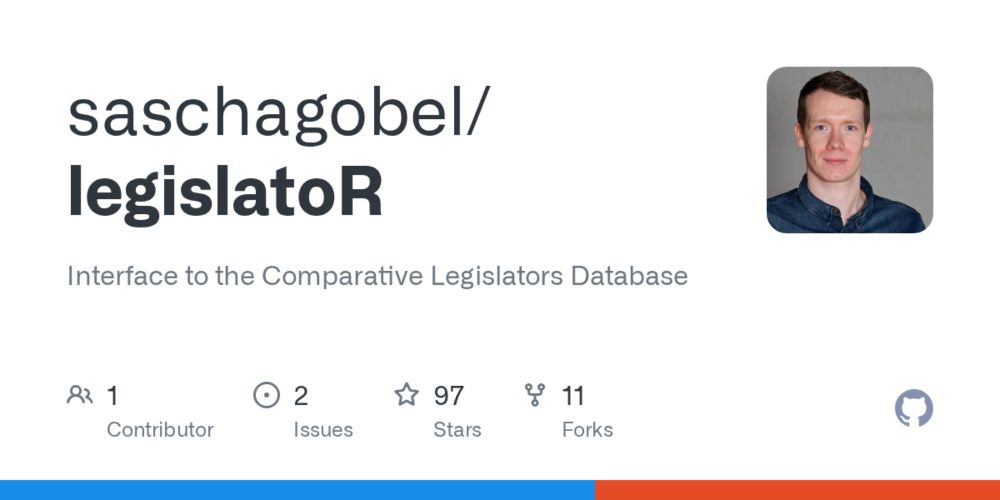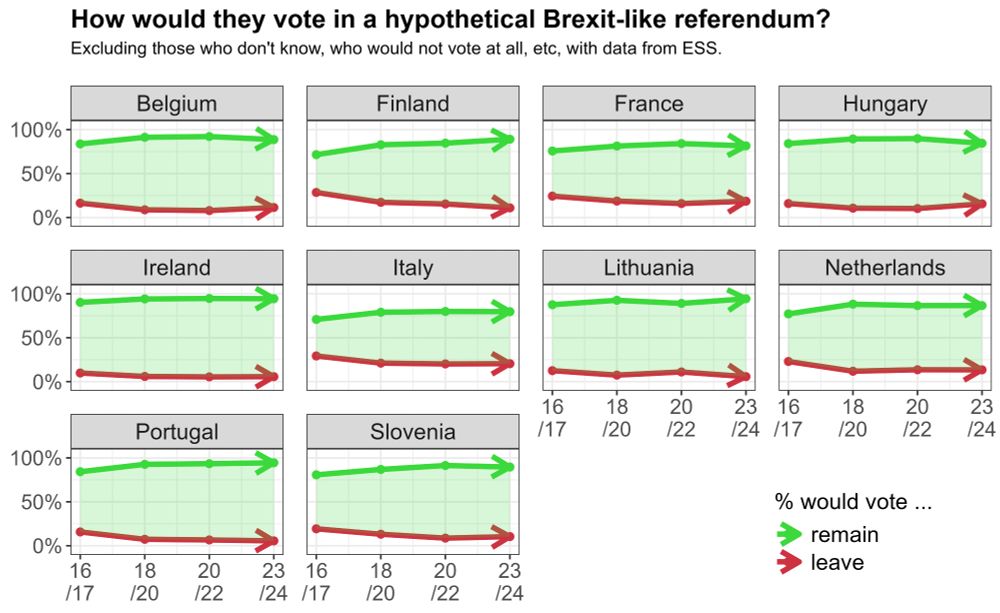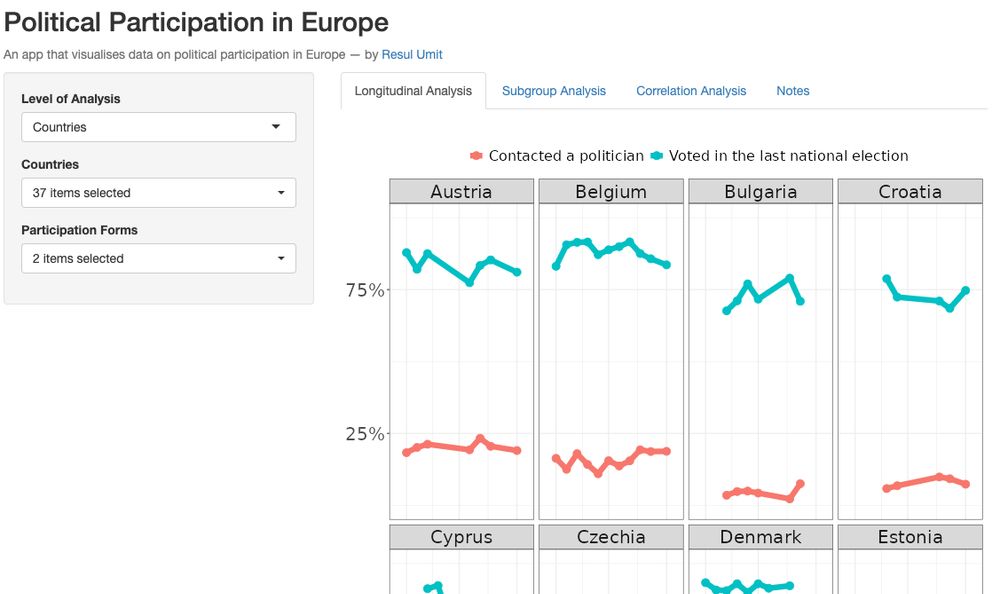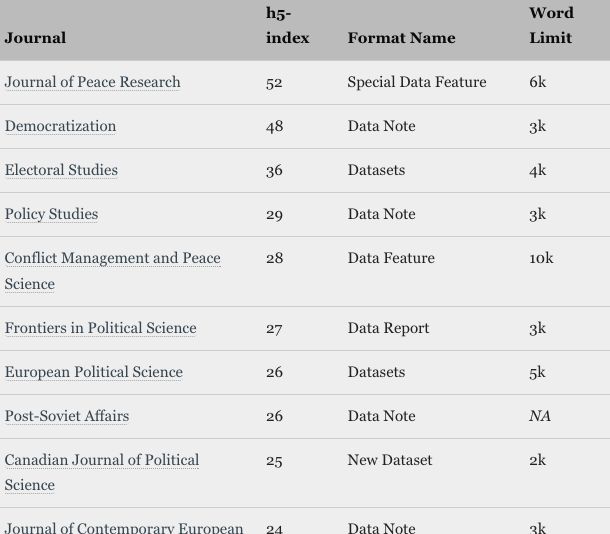Resul Umit
@resulumit.bsky.social
310 followers
120 following
32 posts
Political scientist. Associate professor in comparative politics, at Durham University.
https://resulumit.com/
Posts
Media
Videos
Starter Packs
Resul Umit
@resulumit.bsky.social
· Aug 12
Resul Umit
@resulumit.bsky.social
· Aug 5

How Do Voters Form Expectations about the Parties' Chances of Winning the Election?*
Objective. This article examines the factors that form voters' perceptions of the parties' chances of winning at both the national and the local levels. Method. We make use of the 1988 Canadian Ele....
doi.org
Resul Umit
@resulumit.bsky.social
· Jul 10
Resul Umit
@resulumit.bsky.social
· Jul 9
Resul Umit
@resulumit.bsky.social
· Jun 30
Resul Umit
@resulumit.bsky.social
· Jun 2
Resul Umit
@resulumit.bsky.social
· Jun 2
Resul Umit
@resulumit.bsky.social
· May 28
Resul Umit
@resulumit.bsky.social
· Dec 4
Resul Umit
@resulumit.bsky.social
· Nov 18
Resul Umit
@resulumit.bsky.social
· Nov 4














